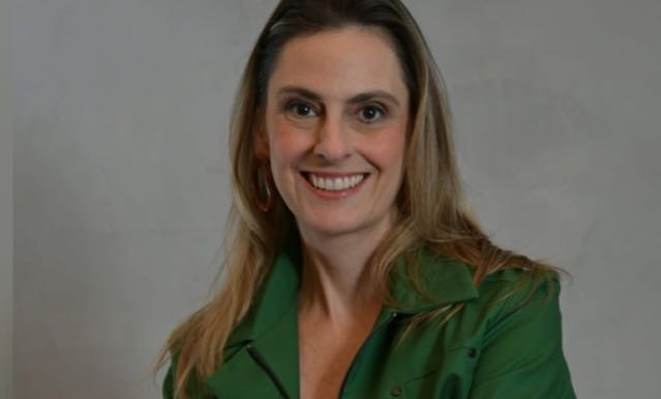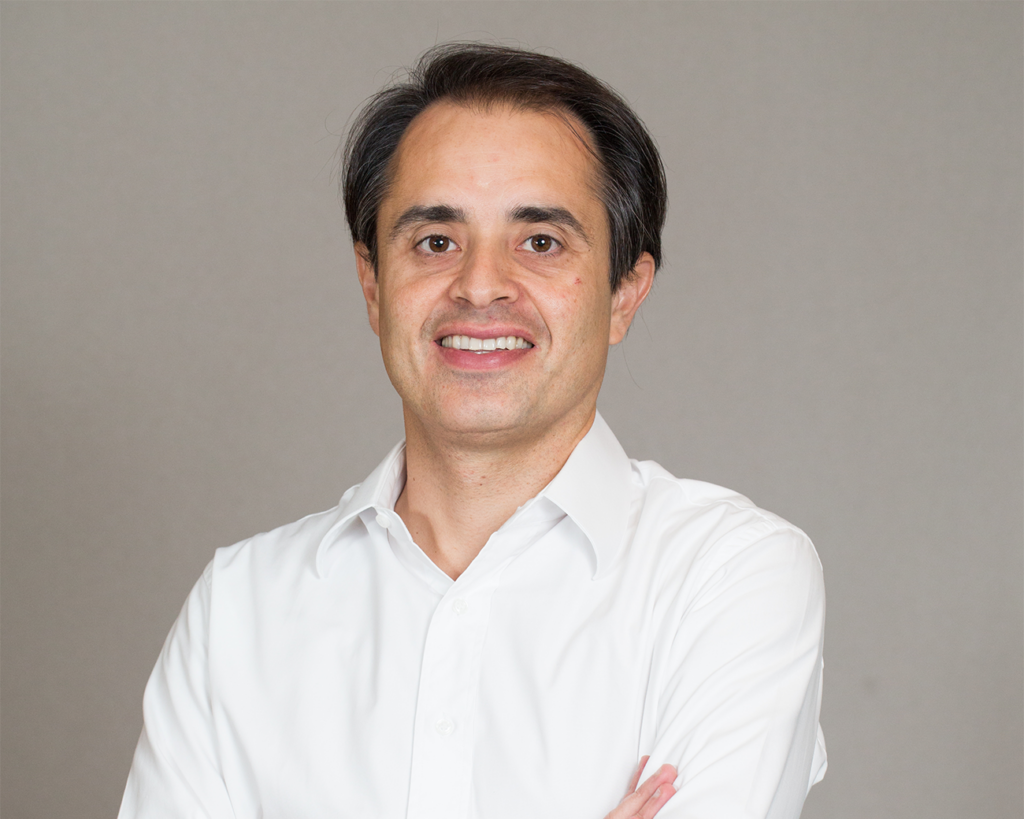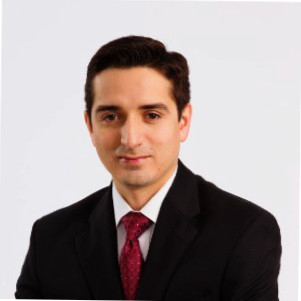LP Profiles, Member Profiles
An Interview with Brooke Jones, The Carnegie Corporation
24 January 2013

Brooke Jones, Associate Director at the Carnegie Corporation of New York, discussed her takeaways from a recent trip to Latin America and Carnegie’s emerging market investment strategy. Jones also shared her views on impact investing and the effect of Carnegie’s unique time horizon on its investment strategy.
 LAVCA: Please give some background on your fund. What are your assets under management? What is your diversification strategy, by asset class and geography?
LAVCA: Please give some background on your fund. What are your assets under management? What is your diversification strategy, by asset class and geography?
Jones: Founded over 100 years ago by Andrew Carnegie, the Carnegie Corporation of New York is the oldest private grant making foundation in the United States. As of December 2012, the endowment’s assets under management totaled $2.7bn. We invest across geographies and asset classes, including public and private equity, private real estate, hedge funds, and fixed income. In emerging markets in particular, we have been long-standing investors since the 1980s, but have made significant strides to increase our allocation and diversify our exposure starting in 1998, when the Corporation established our internal investment office and hired our first CIO. One her earliest asset allocation decisions was to bring us back up to target in the EM portfolio – a decision that was by no means easy or obvious at the time, but has been one of the most accretive in the track record since 1998.
LAVCA: What percentage of your portfolio do you allocate to emerging markets private equity? To Latin America?
Jones: Though we have a dedicated allocation to emerging markets public equity (13% of the endowment), there is no explicit allocation or mandate to invest in private equity outside of the developed markets. That said, we have invested in EM PE (Venture, Growth and Buyout) in Asia starting in the mid 2000s. Today that exposure amounts to approximately 5% of the total portfolio. In contrast, we have done very little in Latin America.
LAVCA: Given the environment in developed markets such as the US and Europe, how has your allocation to developed vs. emerging markets evolved in recent years?
Jones: Our allocation to emerging markets has stayed relatively steady since 2009 and is reflective of our long-term belief in the growth potential of these markets, as well as the inefficiencies intrinsic to them that allow active managers to produce outsized returns. Our investments in emerging markets are motivated more by our positive outlook and belief in the opportunity they present than a negative view on developed markets – where the lion’s share of our portfolio is still invested. In fact, given the recent fund flows into the EM public equity and debt markets, we are unusually cautious today in regards to EM and have used our public portfolio, where we have greater flexibility to adjust our point of view, to stay below our target allocation of 13%.
LAVCA: How does a team of your size effectively evaluate investment opportunities across asset classes and geographies? Do you ever work with fund of funds or investment advisors?
Jones: We have a team of seven investment professionals. Because of the long-term nature of our capital and the concentrated roster of managers through whom we invest, we do not need to churn the portfolio often, which means that our team is large enough to manage the endowment without the aid of advisors. The global nature of the portfolio and the corresponding travel does require us to be highly selective when it comes to allocating both time and capital to new endeavors. We do not rely upon advisors and do not foresee using fund of funds, though there may always be the exception that proves the rule.
When evaluating new investments, whether it be in a new emerging market or an under researched asset class or strategy in developed markets, we endeavor to be thoughtful, patient, curious and holistic in our research approach. This patience and depth of research means that we are willing to miss out on investments or opportunities that, though seemingly compelling at first glance, are not well enough understood by the staff. Because we are stewards of long term capital – with strong investment relationships that have served us well for 10, 15, and in one case 50 years – we have the luxury to be patient and ensure that we are well informed, have a full and nuanced understanding of the risks we undertake in order to achieve a particular investment outcome, and thus intentional when we ultimately deploy capital.
For example, in emerging markets, we have historically spent very little time as an institution researching Latin America outside of Brazil. On the public side, this omission was intentional: up and until recently, we believed the markets were too thin to support a region-specific mandate and we did not see a catalyst to spur market deepening. We therefore felt that our global emerging markets managers could cover the space. On the private side, the omission was less intentional. However, we did, a priori, question whether there was sufficient space for private institutional players, given the role of families and family-owned conglomerates in the region. However, given the pension fund reforms in the last two decades in Peru, Colombia, and Mexico; the formation of MILA; and an up cropping of local managers, we decided to take a more intentional approach to understanding how the investment climate had changed for foreign institutional investors.
LAVCA: You recently spent several weeks in Latin America looking at opportunities in the region. Tell us about your trip and why you decided to visit Latin America now.
Jones: The team spent nearly a year researching the macroeconomic history, political and business climates, and civil society in order to build a baseline understanding before traveling to the region. We also conducted primary research on the investable opportunity set in order to get a sense of how the competitive landscape of local institutional players has evolved. The trip iterated upon our desk research and was focused on 6 countries – Brazil, where we are already invested, Chile, Argentina, Mexico, Colombia and Peru.
In Brazil, we were far more focused on understanding the changing regulatory environment and its potential impact on our investments. In Chile, we were focused on meeting managers and local pension funds and family offices, to understand Chile as well as the local institutional investors’ perspectives on the region. In Mexico, in addition to meeting with managers, we were keen to understand the pending political reforms and their potential impact on industry competitive dynamics and energy policy. We were also curious about the sourcing environment for private equity: how institutional players were competing with the families for deals. And in Colombia and Peru, where we are sanguine on the macroeconomic outlooks for the next decade, we were most keen to understand the local pension funds’ appetite for equities, as well as the local manager competitive dynamics. Finally, in Argentina, which produces such a negative knee jerk reaction from most people in the investment community that our mere willingness to visit felt contrarian, we wanted to understand whether the macroeconomic stress and capital flight had created interesting opportunities or mispricings.
LAVCA: After the trip, what markets do you consider to be the most attractive given your strategy?
Jones: Near-term, we continue to be excited about our Brazilian investments, in large part because of our confidence in our core manager’s stock selection ability. While we cannot (nor would ever try to) predict Brazilian GDP over the next five years, the overreaction to the policy environment in Brazil looks to have created some interesting opportunities in the public markets. In terms of new markets, we were most intrigued by Peru, not just because of the macroeconomic backdrop and growth dynamics, but because of the manager talent as well. While we were attracted to Mexico, Colombia, and Chile from a top-down perspective, for a varied set of reasons – valuations, over reliance on an unrealized reform agenda, or the manager set – we decided to take a more patient, monitoring approach. In Argentina, perhaps the outlier of the group in terms of macroeconomic and political stability, we did not think equities were investable today but do believe that a distress cycle is inevitable. On the credit side, we believe we may have found an interesting way to provide capital into a widening capital gap and in a way that is insulated from currency and political risk. Our due diligence is still on-going.
LAVCA: How did the funds and managers you encountered in Latin America compare with those you’ve seen in other emerging markets? How does the pool of firms and managers compare to Asia and other emerging markets?
Jones: I hesitate to answer this question, in large part because I am a firm believer in studying the region country-by-country as opposed to painting the entire region, or even a subset of countries and the professionals within them, with a broad brush. We conducted our research in such a way as to appreciate nuances and not diminish them. With that caveat aside, I will do my best to answer the question. First and foremost, we started off our research with high expectations and were still incredibly impressed by the investment professionals with whom we met in each of the countries in question. In fact, when it came to the caliber of talent and longevity of experience in public or private equity, we saw very little difference (if any) between the quality of talent in Latin America and that in most developed markets. On average, again with myriad caveats, this is not yet the case in emerging Asia, where depth of private equity or even public equity talent is variable.
Perhaps the primary difference between Latin America and Asian PE, though, is the degree to which the fund management industry as a whole is investable from the perspective of an US institutional allocator. With the exception of Chile and Brazil, which possess a highly professionalized set of money managers, the other countries’ money management industries were very young. Private equity is nothing new in the region, but institutional private equity conducted for institutional LPs – as opposed to family groups or in a club or syndicated deal format – is clearly very new. That fact does not mean that the local investors are not highly impressive – many of them have track records (as individuals) that are longer than the average Asian PE firm. Unfortunately, though, it does limit our ability as fiduciaries and allocators to invest. The infrastructure – regulatory and physical – are all in place to facilitate institutional money management, but the firms we met with are not yet ready to take on institutional money and the bells and whistles (reporting, compliance, legal, governance, etc) that doing so often requires. We are watching several firms very carefully who we believe will make the jump.
LAVCA: What is the typical size of commitment you make to a fund? Are the funds currently available in Latin America a good fit for an investor of your scale?
Jones: Our commitments vary based on conviction in a manager and our view of risks. In public equity in EM, initial bets can range from 15-40MM; whereas our private equity EM bets range anywhere from 5-15MM. It goes without saying that a new manager or allocation, no matter the conviction level, would start at the lower end of both of those ranges.
LAVCA: Do you ever invest in first-time funds?
Jones: We certainly have done so in the US and in the Marketables asset classes, but rarely do so in private equity – whether the fund is in developed markets or emerging. There may always be an exception, but the bar for doing so would be extremely high given the higher risk profile that a new firm, team and business inherently present.
LAVCA: What is your time horizon with emerging market investments? Does your status as a foundation influence your ability to take on longer-term commitments?
Jones: We have been invested in EM for over thirty years and continue to make long-term bets when we believe that the risk/return profile merits doing so. One of the lucky benefits of existing in perpetuity is being able to invest with the long game in mind!
LAVCA: How does Carnegie view the new focus of many investors on impact investing? How are you approaching it going forward?
Jones: We applaud those investors who endeavor to manage to a double or a triple bottom line when they invest. In our EM private equity investing, we always partner with managers whom we believe hold themselves to the highest ethical standards, and whose strategies invest with an eye toward creating value at the company level. We do not, however, invest with the goal of spurring economic development or creating social change and therefore do not explicitly seek to partner with impact investors as a rule. Were one such investor to meet our investment criteria, we would happily partner with them, but we cannot lower our investment hurdles or criteria in order to accommodate a double bottom line approach. Our wonderful colleagues on the grant-making side of our organization are experts in furthering the Corporation’s mission, both in the United States and abroad, and we believe they are best poised to help spur social impact. We humbly admit in the investment department that our role is to stick to what we do best so that the good work our grant making colleagues are doing can continue in perpetuity and, hopefully, expand.
You may be interested in...
-

Luciana Antonini Ribeiro, eB Capital
Executive: Luciana Antonini Ribeiro, Co-Founder and CIO Member Name: eB Capital Year...
-

Cristiano Gioia Lauretti, Kinea Private Equity
Member: Kinea Executive: Cristiano Gioia Lauretti, Head of Private Equity HQ: São...
-

Maria Pia Iannariello, MGM Innova Capital
LAVCA recently spoke with Maria Pia Iannariello, Co-Founder & COO of MGM Innova Capital,...
-

Rafael Ramirez, Portfolio Manager, Alaska Permanent Fund Corporation
LAVCA recently spoke with Rafael Ramirez, Portfolio Manager– Private Equity &...